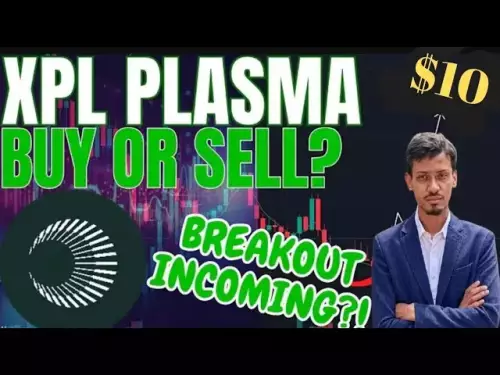-
 bitcoin
bitcoin $110918.433029 USD
-1.69% -
 ethereum
ethereum $3996.872473 USD
-2.43% -
 tether
tether $1.000594 USD
0.00% -
 bnb
bnb $1178.871834 USD
-2.38% -
 xrp
xrp $2.413973 USD
-3.47% -
 solana
solana $194.341461 USD
-4.24% -
 usd-coin
usd-coin $0.999963 USD
-0.03% -
 tron
tron $0.320092 USD
0.92% -
 dogecoin
dogecoin $0.196919 USD
-3.42% -
 cardano
cardano $0.669585 USD
-3.63% -
 hyperliquid
hyperliquid $37.485952 USD
-3.58% -
 ethena-usde
ethena-usde $1.000026 USD
-0.02% -
 chainlink
chainlink $18.018220 USD
-5.13% -
 bitcoin-cash
bitcoin-cash $523.879267 USD
-2.41% -
 stellar
stellar $0.324655 USD
-3.67%
Can any digital file be turned into an nft?
NFTs are unique digital tokens representing ownership of assets like art, music, and videos, stored securely on blockchain technology.
Jul 01, 2025 at 07:00 am
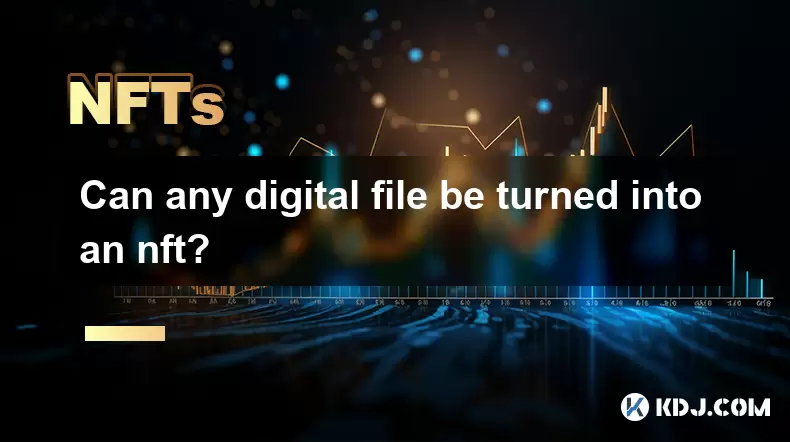
Understanding the Concept of NFTs
An NFT (Non-Fungible Token) is a unique digital certificate of ownership stored on the blockchain. Unlike cryptocurrencies such as Bitcoin or Ethereum, which are fungible and interchangeable, NFTs represent one-of-a-kind assets that cannot be replicated or replaced. These tokens can represent various types of digital files, including images, videos, audio clips, and even documents.
The core mechanism behind NFTs involves blockchain technology, specifically smart contracts. When a digital file is turned into an NFT, it's essentially being tokenized. This means the file is linked to a unique identifier recorded on a decentralized ledger, ensuring transparency and authenticity. The process allows creators and collectors to verify ownership and provenance in a secure manner.
However, not all digital files are treated equally in this space. While technically any file can be minted as an NFT, the value and legitimacy depend heavily on factors like originality, demand, and the platform used for minting.
Types of Digital Files That Can Be Minted
The versatility of NFTs allows for a wide range of digital content to be transformed into tradable assets. Here are some common categories:
- Images: Digital art, photographs, and illustrations are among the most popular forms of NFTs.
- Videos: Short clips, animations, and reels can also be minted, often gaining traction on platforms like OpenSea or Rarible.
- Audio: Music tracks, voice recordings, and sound effects are increasingly being tokenized by musicians and creators.
- Documents: PDFs, e-books, and other text-based files have found their way into NFT marketplaces, though they're less common.
- 3D Models: Virtual objects used in gaming or metaverse environments are gaining popularity as NFTs.
Each type of file comes with its own set of considerations regarding copyright, licensing, and platform compatibility. Creators must ensure they hold the rights to the content before minting it as an NFT.
The Process of Minting an NFT
Minting refers to the act of creating an NFT from a digital file. This process typically involves several steps:
- Choose a Blockchain Platform: Ethereum is the most widely used, but alternatives like Solana, Binance Smart Chain, and Tezos are also viable.
- Set Up a Wallet: A compatible wallet such as MetaMask or Trust Wallet is necessary to interact with NFT platforms.
- Select an NFT Marketplace: Platforms like OpenSea, Foundation, and Mintable allow users to upload and tokenize their files.
- Upload the File: Supported formats usually include JPEG, PNG, MP4, MP3, GLB, and more.
- Add Metadata: Provide details such as title, description, properties, and attributes that enhance the NFT’s appeal.
- Pay Gas Fees: Every transaction on the blockchain incurs a fee, known as gas, which varies depending on network congestion.
- List for Sale: Once minted, the NFT can be listed for auction or fixed-price sale.
Each step requires careful attention to detail, especially when it comes to setting royalties and understanding platform-specific rules.
Legal and Ethical Considerations
While technically possible to turn any file into an NFT, doing so raises important legal and ethical questions. Copyright infringement is a major concern—if someone mints a file they don’t own, they could face legal consequences. Platforms have started implementing stricter policies to prevent unauthorized uploads.
Additionally, there are concerns around plagiarism and duplication. Even if a file is uploaded legitimately, others may attempt to mint the same content elsewhere. This has led to disputes over rightful ownership and authenticity.
Creators should also consider moral rights, especially in artistic communities where attribution and integrity are valued. Ensuring proper credit and context is essential when entering the NFT ecosystem.
Limitations and Challenges in NFT Creation
Despite the apparent freedom in minting NFTs, certain limitations exist:
- File Size Restrictions: Most platforms impose limits on how large a file can be, often requiring compression or external hosting via IPFS (InterPlanetary File System).
- Supported Formats: Not all file types are accepted universally. Some marketplaces may not support niche or proprietary formats.
- Storage and Hosting: Hosting the actual file off-chain using services like IPFS ensures longevity and accessibility but adds complexity.
- Environmental Concerns: High energy consumption associated with certain blockchains has led to criticism and calls for more sustainable solutions.
These challenges highlight the importance of research and preparation before diving into NFT creation.
Frequently Asked Questions
Q: Can I mint a screenshot of a video game character as an NFT?A: Technically yes, but you must ensure you have the rights to the image. Screenshots from games often belong to the developers, so minting without permission could lead to takedowns or legal action.
Q: What happens if my NFT file becomes corrupted after minting?A: If your NFT uses decentralized storage like IPFS, the file should remain intact. However, if hosted centrally and the server goes down, the link might break. Always opt for reliable hosting solutions.
Q: Is it possible to update an NFT after it's been minted?A: Once an NFT is minted, the metadata and file cannot be altered directly. However, some platforms allow creators to build upgradable smart contracts that enable limited changes under specific conditions.
Q: Do I need to pay fees every time my NFT is resold?A: No, you only pay gas fees during the initial minting and listing. However, creators can set royalty percentages to earn a cut each time the NFT is resold on secondary markets.
Disclaimer:info@kdj.com
The information provided is not trading advice. kdj.com does not assume any responsibility for any investments made based on the information provided in this article. Cryptocurrencies are highly volatile and it is highly recommended that you invest with caution after thorough research!
If you believe that the content used on this website infringes your copyright, please contact us immediately (info@kdj.com) and we will delete it promptly.
- Pi Network, Stablecoin, Rollout: Will PiUSD Be the Missing Piece?
- 2025-10-16 22:45:16
- Level Up Your Crypto Game: Exploring Crypto Earning with Toshi.bet and Beyond
- 2025-10-16 22:25:15
- ICOs, New-Gen Platforms, and the Potential for Return: A New York Perspective
- 2025-10-16 22:25:15
- Digital Tokens: Unveiling the Market Size and Explosive CAGR
- 2025-10-16 22:45:16
- Crypto Whales, XRP, DOGE: A New Era or Just Another Wave?
- 2025-10-16 23:05:15
- Cardano Price Action: ADA Rally Faces Key Resistance – Breakout or Bull Trap?
- 2025-10-16 22:50:01
Related knowledge
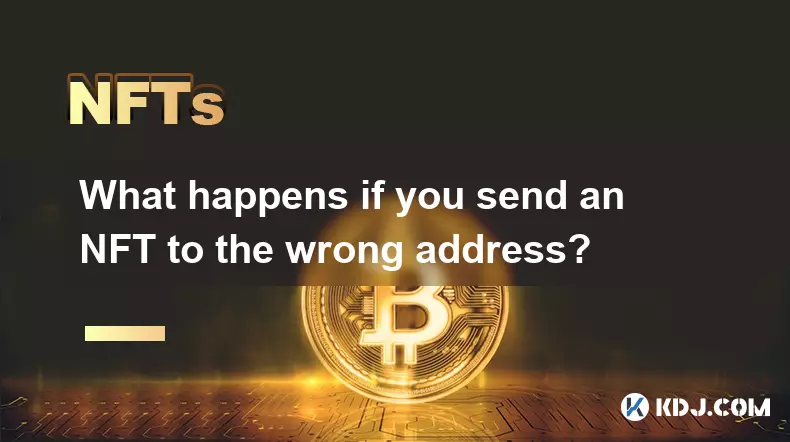
What happens if you send an NFT to the wrong address?
Oct 13,2025 at 09:17am
Understanding the Consequences of Sending an NFT to the Wrong Address1. Once an NFT is sent to a wallet address on the blockchain, the transaction is ...
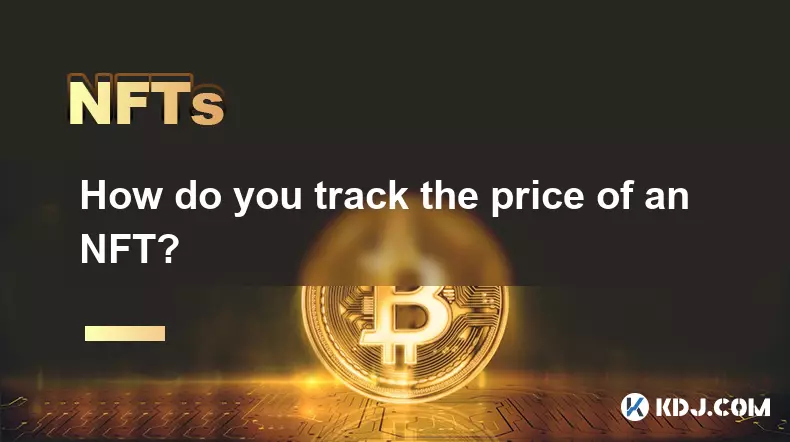
How do you track the price of an NFT?
Oct 15,2025 at 08:01pm
Understanding the Role of Decentralized Exchanges in Modern Crypto Trading1. Decentralized exchanges, commonly known as DEXs, operate without a centra...
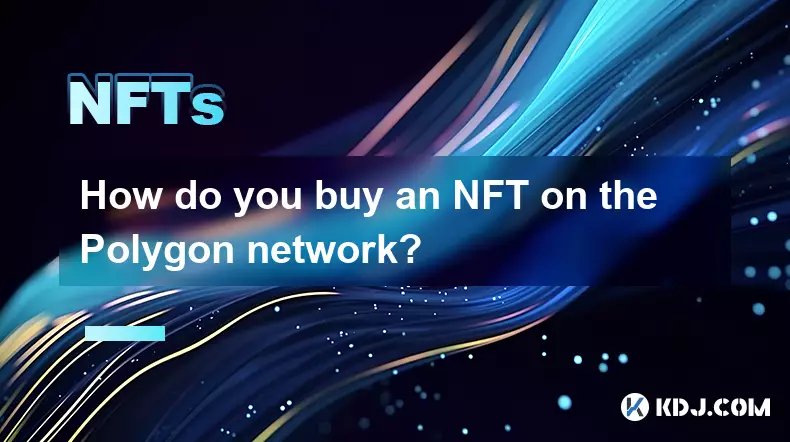
How do you buy an NFT on the Polygon network?
Oct 12,2025 at 09:54am
Understanding the Polygon Network for NFT Purchases1. The Polygon network is a Layer 2 scaling solution built on top of Ethereum, designed to reduce t...
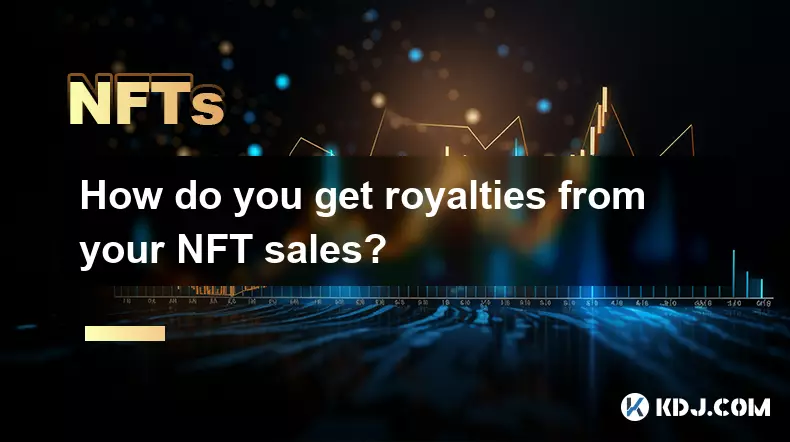
How do you get royalties from your NFT sales?
Oct 13,2025 at 02:18am
Earning Royalties Through NFT Marketplaces1. When you create an NFT, you can embed royalty terms directly into the smart contract that governs it. Thi...
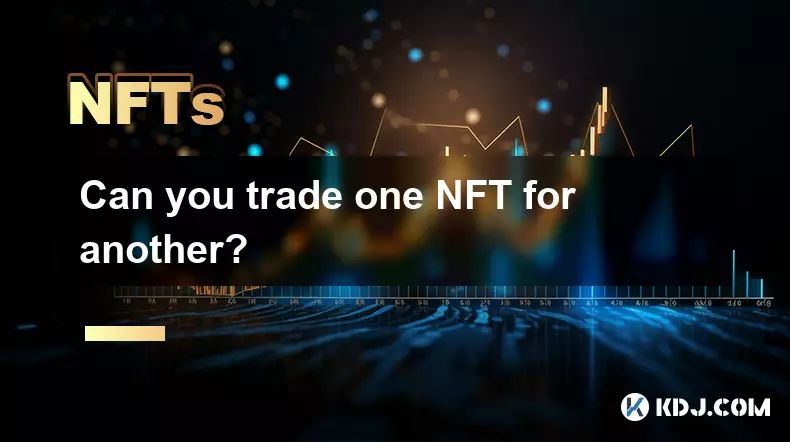
Can you trade one NFT for another?
Oct 15,2025 at 09:00am
Understanding NFT Swaps in the Digital Marketplace1. Non-fungible tokens (NFTs) represent unique digital assets secured on blockchain networks. Unlike...
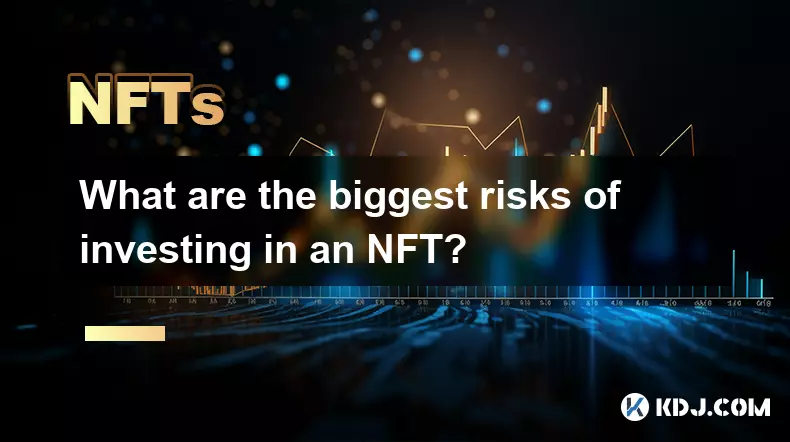
What are the biggest risks of investing in an NFT?
Oct 13,2025 at 05:00am
Volatility and Market Speculation1. NFT prices are heavily influenced by market sentiment, which can shift rapidly due to social media trends, celebri...

What happens if you send an NFT to the wrong address?
Oct 13,2025 at 09:17am
Understanding the Consequences of Sending an NFT to the Wrong Address1. Once an NFT is sent to a wallet address on the blockchain, the transaction is ...

How do you track the price of an NFT?
Oct 15,2025 at 08:01pm
Understanding the Role of Decentralized Exchanges in Modern Crypto Trading1. Decentralized exchanges, commonly known as DEXs, operate without a centra...

How do you buy an NFT on the Polygon network?
Oct 12,2025 at 09:54am
Understanding the Polygon Network for NFT Purchases1. The Polygon network is a Layer 2 scaling solution built on top of Ethereum, designed to reduce t...

How do you get royalties from your NFT sales?
Oct 13,2025 at 02:18am
Earning Royalties Through NFT Marketplaces1. When you create an NFT, you can embed royalty terms directly into the smart contract that governs it. Thi...

Can you trade one NFT for another?
Oct 15,2025 at 09:00am
Understanding NFT Swaps in the Digital Marketplace1. Non-fungible tokens (NFTs) represent unique digital assets secured on blockchain networks. Unlike...

What are the biggest risks of investing in an NFT?
Oct 13,2025 at 05:00am
Volatility and Market Speculation1. NFT prices are heavily influenced by market sentiment, which can shift rapidly due to social media trends, celebri...
See all articles























